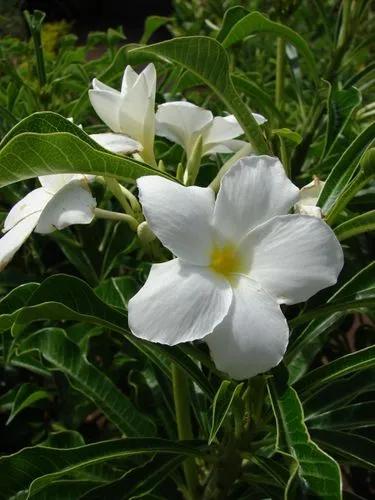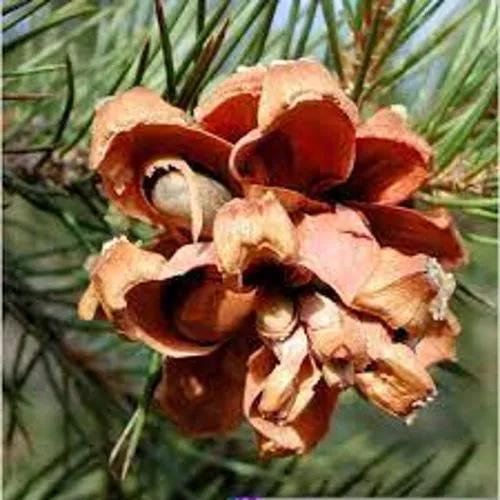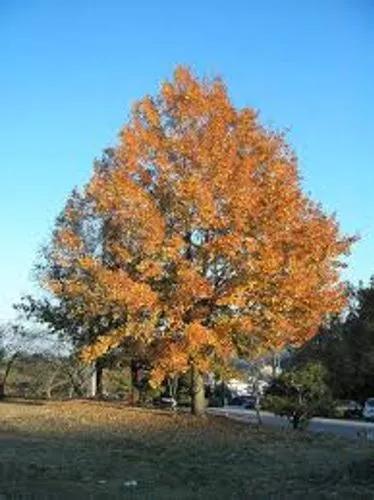The honey locust, also known as the thorny locust or thorny honeylocust, is a deciduous tree in the family Fabaceae, native to central North America where it is mostly found in the moist soil of river valleys.
Three-thorn-acacia Care
Gleditsia triacanthos
Other names: Thorny Honeylocust, Thorny Locust, Three Thorn Acacia, Three-thorn-acacia, Common Honey Locust, Thorny Common Honey Locust, Honey Shucks Locust, Sweet Locust, Honey Shucks, Sweet Bean Tree



Gleditsia triacanthos, commonly called honey locust, is native from Pennsylvania to Iowa south to Georgia and Texas. It typically grows 60-80’ (less frequently to 120’) tall with a rounded spreading crown. Trunk and branches have stout thorns (to 3” long) that are solitary or three-branched. Inconspicuous, greenish yellow to greenish white flowers appear in racemes in late spring. Flowers are followed by long, twisted and flattened, dark purplish-brown seedpods (to 18” long) which mature in late summer and persist well into winter. Seedpods contain, in addition to seeds, a sweet gummy substance that gives honey locust its common name. Species plants are generally not sold in commerce today because the thorns and seedpods are considered to be significant liabilities.
How to Care for the Plant

Water

Honey locusts have a moderate tolerance for flooding, drought, and other adverse conditions. They thrive in both moist or dry soils. Trees should be watered as soon as they are planted and weekly for the first year. Adjust watering based on the local rainfall.

Fertilizer

Older trees rarely need additional irrigation or fertilizing, especially if they are in an irrigated, fertilized lawn. For newly planted trees, you can try an evenly balanced 10-10-10 or 20-20-20 granular, stake, or liquid fertilizer. An organic fertilizer such as manure is another good option.

Sunlight

Choose a location in full sun.

Soil

The honey locust tree is a very hardy tree and can grow well in different types of soil. Loam is ideal, but sand or clay will also be sufficient for the tree to thrive. This tree is tolerant of salty soils.

Temperature

The tree can be grown in the areas with the lowest winter temperatures of −34.4°C (−30°F).

Popularity

2,991 people already have this plant 484 people have added this plant to their wishlists
Discover more plants with the list below
Popular articles






